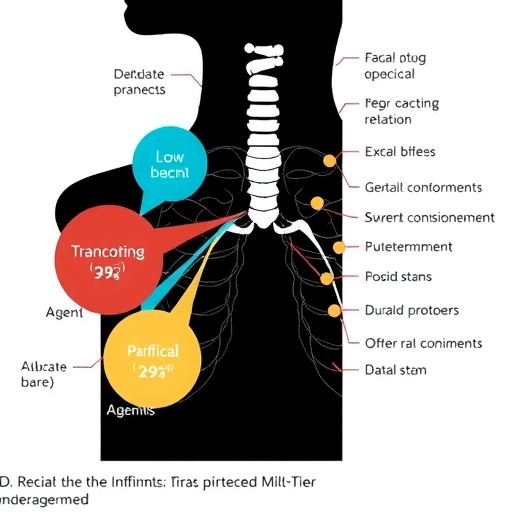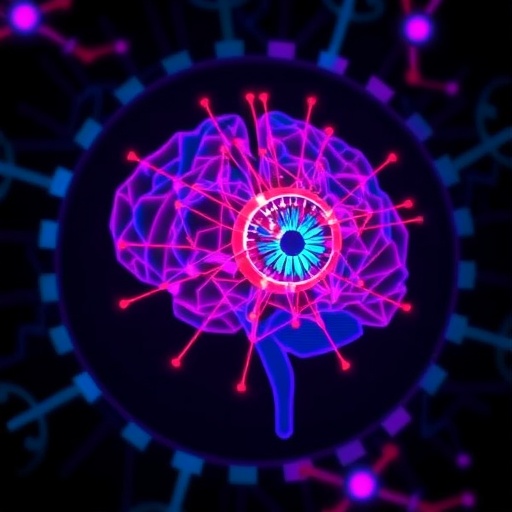(Boston)– There is mounting evidence that repetitive head impacts from contact sports and other exposures are associated with the neurodegenerative disease chronic traumatic encephalopathy (CTE) and dementia. A new study suggests that contact sports athletes may also be at increased risk for Lewy Body Disease, which can cause Parkinson's disease, a brain disorder that leads to problems with movement and thinking.
Since CTE was first described in "punch drunk" boxers in the 1920s, scientists have hypothesized that the motor symptoms that appear in a minority of CTE cases, including tremors, slowness and difficulty walking, were caused by CTE pathology.
But the new study published today suggests that those motor symptoms are instead caused by a separate disease, now also linked to contact sports participation, called Lewy body disease (LBD). LBD, which can lead to Parkinson's disease and Lewy body dementia, is associated with problems with movement, cognition, depression, sleep, and visual hallucinations. This newfound relationship between contact sports and LBD appears to be independent of CTE pathology.
"We found the number of years an individual was exposed to contact sports, including football, ice hockey, and boxing, was associated with the development of neocortical LBD, and LBD, in turn, was associated with parkinsonism and dementia," explained corresponding author Thor Stein, MD, PhD, neuropathologist at VA Boston Healthcare System and assistant professor of pathology and laboratory medicine at Boston University School of Medicine (BUSM).
The research team, from BUSM and the VA Boston Healthcare System, examined 694 brains from three repositories, including the Veteran's Affairs-Boston University-Concussion Legacy Foundation (VA-BU-CLF) Brain Bank, BU Alzheimer's Disease Center, and the Framingham Heart Study.
The total years of contact sports play was linked to an increased risk of having LBD in the cortex of the brain. Those who played more than eight years of contact sports had the greatest risk of LBD, which was six times higher than those who played eight years or less. Clinically, athletes with both CTE and LBD were significantly more likely to have dementia and the symptoms of Parkinson's disease than those with CTE pathology alone.
The researchers have previously shown other brain changes are correlated with the total years of contact sports play. In prior studies, the number of years of tackle football participation was found to predict the severity of tau pathology in the dorsolateral frontal cortex and as well as CTE stage. Additionally, individuals with a history of repetitive head impacts and neuropathological diagnosis of CTE accumulate beta-amyloid (A?) at a younger age and at an accelerated rate compared to controls. The research builds upon previous research from other groups showing an association between concussion/traumatic brain injury and Parkinson's disease.
The new study advances our understanding of the consequences of repetitive head impacts in contact sports on the development of clinical symptoms and the pathology that underlies them. Further work is necessary to better define the risks associated with repetitive head impacts and neurodegeneration. The researchers would like to thank all the families who donated the brain of a loved one to make this study possible.
###
These finding appear in the Journal of Neuropathology and Experimental Neurology.
Funding for this study was provided by the Department of Veterans Affairs, Veterans Health Administration, Clinical Sciences Research and Development Merit Award (I01-CX001038); Veterans Affairs Biorepository (BX002466); Alzheimer's Association (NIRG-305779, NIRG-362697); National Institute of Aging (RF1AG054156, R56AG057768, K23AG046377, R01AG016495, R01AG008122, R01AG033040); National Institute of Neurological Disorders and Stroke (U01NS086659, F32NS096803, R01NS017950); National Institute of Aging Boston University AD Center (P30AG13846; supplement 0572063345-5); Department of Defense Peer Reviewed Alzheimer's Research Program (PRARP #13267017); National Heart, Lung, and Blood Institute, Framingham Heart Study (N01-HC-25195, HHSN268201500001I); Concussion Legacy Foundation. This work was also supported by unrestricted gifts fromthe Andlinger Foundation and WWE.
Media Contact
Gina DiGravio
[email protected]
617-638-8480
@BUMedicine
http://www.bmc.org




